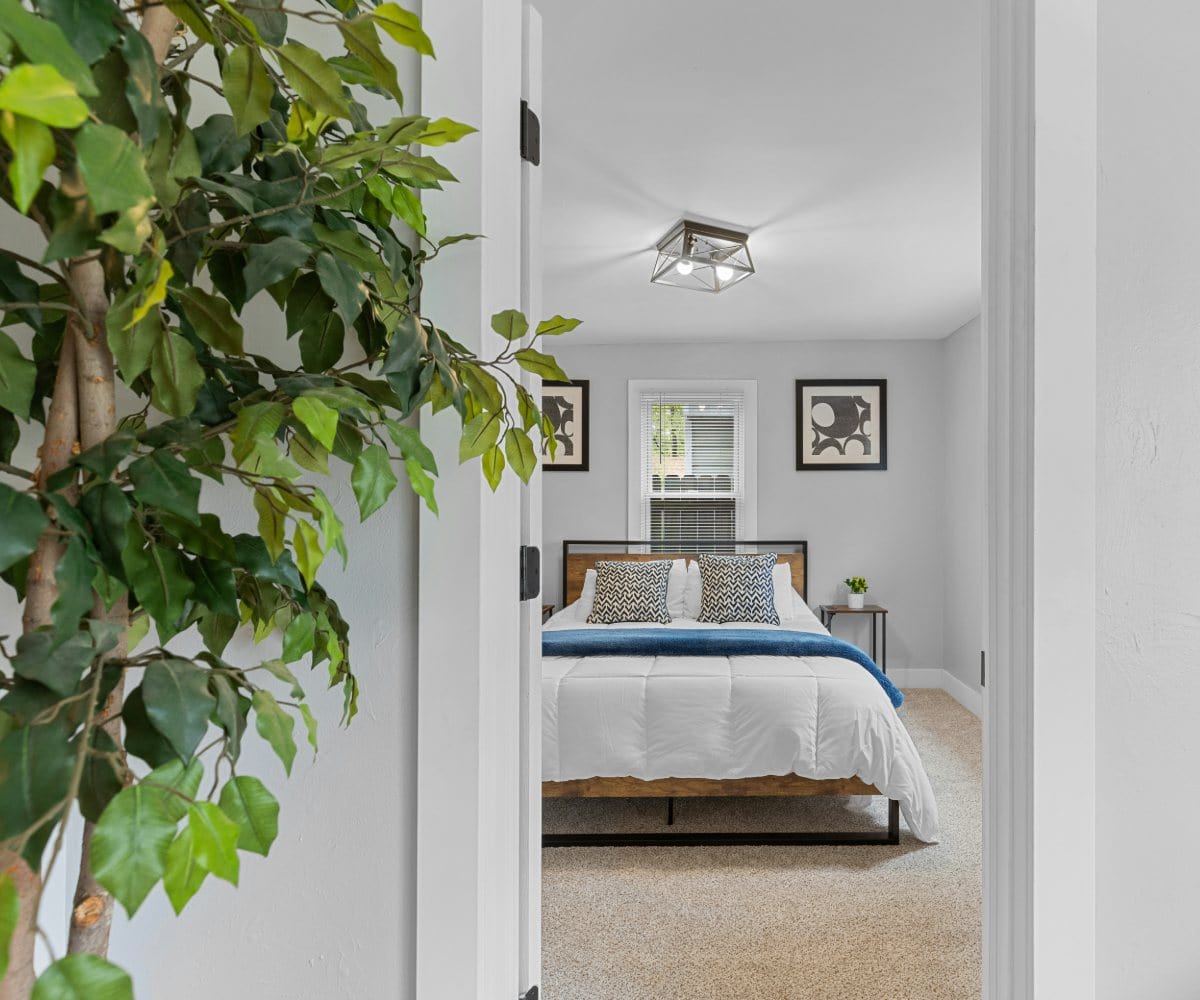COVID-19 Left Me Chronicly Ill — How I'm Living With My New Normal
I'm still not 100%, but I'm learning to adjust to my new normal.
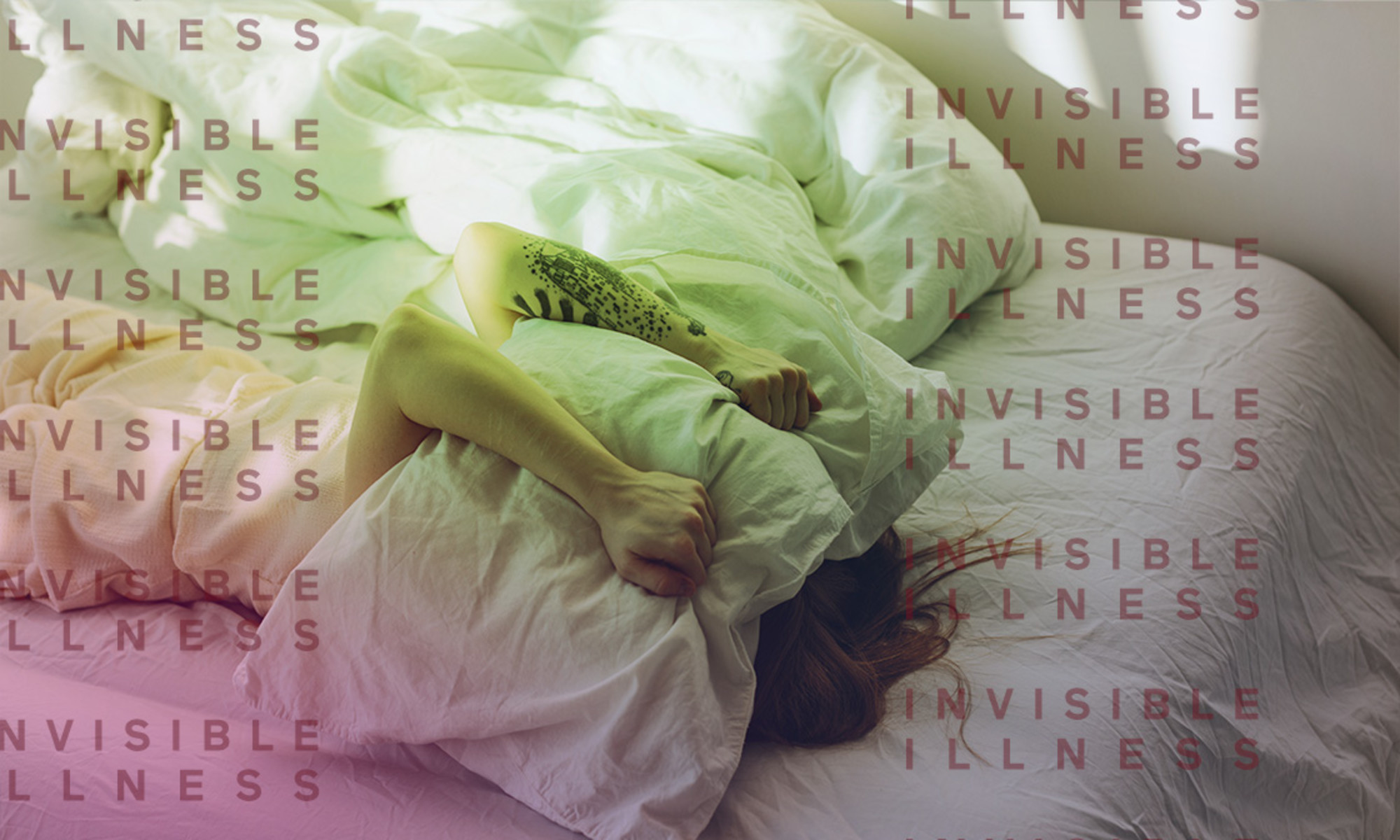
Image by Sergey Filimonov January 28, 2023 It all started in March of 2020. We were just starting to recognize that COVID was spreading in America, but we knew very little about how it impacted different people. At the time, the common belief was that if you were young and healthy, you didn’t have much to worry about, and it was only dangerous if you were older or had comorbidities. That was the mindset I had—I was young and active, I’d played sports my entire life, and I was even a college athlete. So when I caught it early on into the pandemic, I wasn’t too worried. I experienced flu-like symptoms, including a high fever and intense fatigue. I also had trouble breathing, but it never felt life-threatening or necessary to go to the hospital. It didn’t even occur to me that there might be more issues down the road.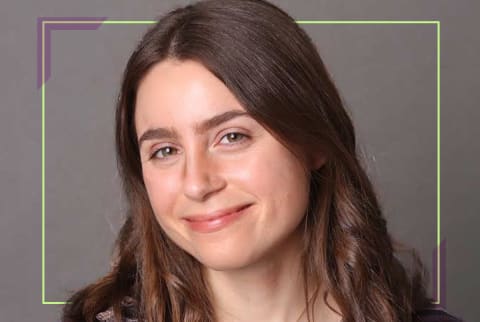
Advertisement
This ad is displayed using third party content and we do not control its accessibility features.
My COVID symptoms persisted for years.
I was living with my brother and his roommate, and they both got COVID, too. Over a few weeks, I watched them recover, and I realized the same wasn’t happening for me. My symptoms were getting slightly better, but a few weeks in, my progress plateaued. Once I hit weeks four, five, and even six, I realized I wasn’t feeling any kind of improvement.
I was still experiencing trouble breathing—even if I just had to walk up the stairs, it was really hard to catch my breath. If I did any kind of physical activity, my heart rate was 20 to 30 beats per minute higher than it had been before getting sick. I felt like I would get heart palpitations really easily. But the most overwhelming symptom was the extreme exhaustion—it got to the point I was really having trouble moving through just about any daily task.
Mere months before, I was exercising intensely almost every single day. Then, all of the sudden, none of that was possible.
I eventually reached out to medical practitioners to see what they could do. Fortunately, the medical doctors I was seeing were understanding of my experience, and they never doubted what I was going through. However, the understanding of post-COVID symptoms was pretty limited, especially so early in the pandemic. They did all kinds of scans to check for organ damage, and pretty much every test imaginable to look at my lounge and heart. But they never found anything out of the ordinary. At the time, they were really playing a trial-and-error game to figure out what was causing my lingering symptoms.
Periodically, I would go back to the doctors to see if they had any more insight or expertise on the topic, based on what they were seeing with other patients. I ended up taking antibiotics, prednisone, a couple different inhalers—and those were just a few of the different treatment options doctors tried. However, none of them really made an impact on my symptoms.
How I tried to feel better.
About eight months into my symptoms, I decided to try acupuncture after I’d heard other people with lingering COVID symptoms say it helped. My acupuncturists were incredibly empathetic and understanding about my experience. They took a more holistic approach, trying to identify the root cause of my issues, and treat it in a way that addressed the whole person. I do think there were some beneficial aspects for me, and it got me over a plateau—but it’s also hard to say, because I was trying so many different things at that point.
Whatever the cause, finally my body started to become a little bit more capable. So I continued acupuncture for a year and I felt like that got me to a pretty stable place, but then that plateaued, too.
Since then, it’s been a bit of a roller coaster process. I’ve had periods of time where I felt a lot of improvement, and then I would backpedal a lot. There have been months where I could go back to my regular activities like running and weightlifting, albeit with caution. But last year, I had another backslide, and I haven’t had too many months where I felt energized.
Right now, I’m continuing to look into different areas of treatment, and stay updated with what doctors are finding in studies. The reality is, long-COVID is really a blanket term for a wide range of experiences, and the symptoms can vary widely. Still, I’m staying hopeful that they’ll find some answers.
Advertisement
This ad is displayed using third party content and we do not control its accessibility features.
Finding support and taking care of my mental health.
I’m lucky that I also have really great friends and family who were so supportive. I also found some solidarity on a Facebook support group, which was a place to feel very seen and heard.
After all, living with long-COVID is so layered and complicated. Before all of this, I was always someone who was active, and that was a big part of my identity. But I’ve had to let go of that, and realize that my ability to play sports didn’t make up my self worth. In this new chapter, I’ve had to figure out new aspects of my identity to embrace.
It can also be mentally straining on a daily basis, because I’m constantly evaluating how I feel and what I can physically do at any given time. Out of necessity, I’ve learned how to communicate with people when I can’t do something, like go for a long walk or do a certain activity.
Since there’s such a strong connection between physical activity and mental health, I’ve also had to find new ways to bolster my mental health without those other outlets.
At a certain point, I’ve had to find a way to live around my illness and allow it to fade to the background wherever possible. Of course, some days are too exhausting and overwhelming to ignore, so it ends up being an up and down process.
What I want people to understand about long-COVID.
The thing I try to communicate the most with friends and family is that the way I look from the outside has absolutely no bearing on how I’m feeling internally. I think that’s a hard thing for people to wrap their head around sometimes. Over the past three years, I’ve had so many well-meaning people in my life say “you don’t look sick, you look vibrant and happy.” I appreciate the intention, but it can also minimize what I’m feeling.
Personally, I don’t want people to worry or feel bad for me, so I think subconsciously I bury a lot of what I’m feeling down and I don’t display the full severity. Or sometimes I worry people won’t want to be around me if I bring the mood down. I think the truth is, a lot of people with chronic conditions try to make it look as invisible as possible—even if they’re not doing it purposely.
Advertisement
This ad is displayed using third party content and we do not control its accessibility features.
What I've learned.
If you have someone in your life who has any kind of chronic illness, it’s important to remember that just because time has passed, it doesn’t mean there’s a positive correlation with recovery. Just because it’s been three years since I first got COVID, that doesn’t mean I’m in better shape than I was last year or the year before. Recovery often works completely differently with chronic conditions, including long COVID.
What’s more, there’s one misconception we need to retire: Taking care of yourself and doing all the “right” healthy things, doesn’t mean you’re invincible to COVID. Of course, it’s so important to take care of your health, but it doesn’t guarantee you a free pass. It also doesn’t mean that people who are struggling with their health have done anything wrong. I like to remind myself of that concept a lot—for myself and others with health conditions—living with an illness isn’t a reflection of how we do or don’t take care of ourselves.
Advertisement
This ad is displayed using third party content and we do not control its accessibility features.

 Astrong
Astrong 








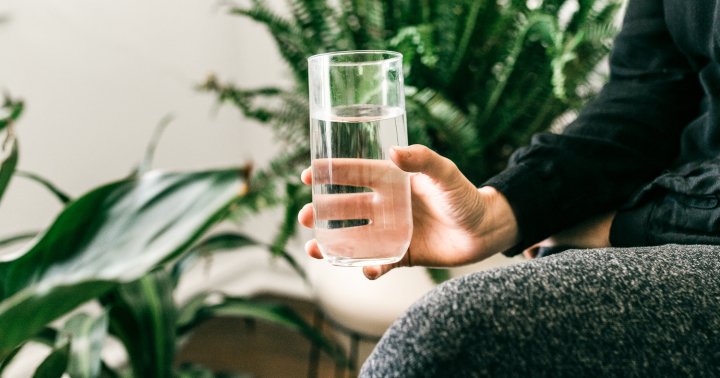
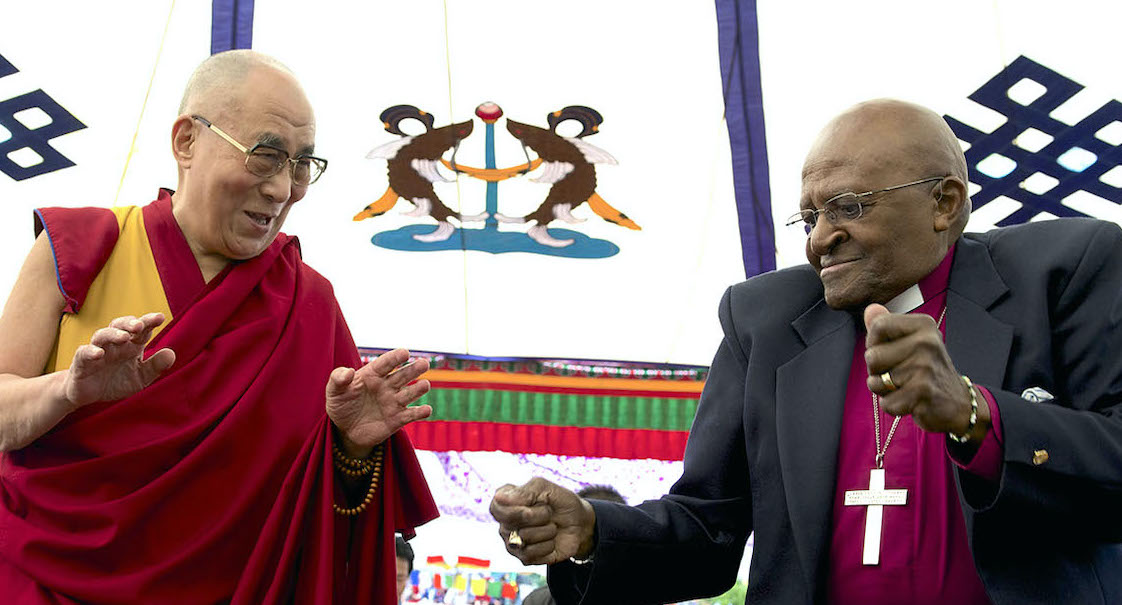
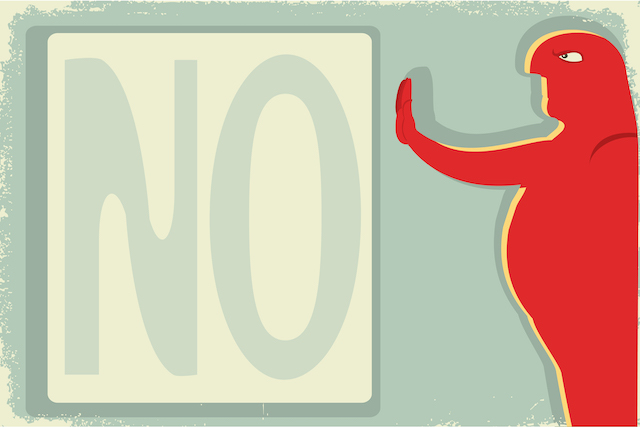

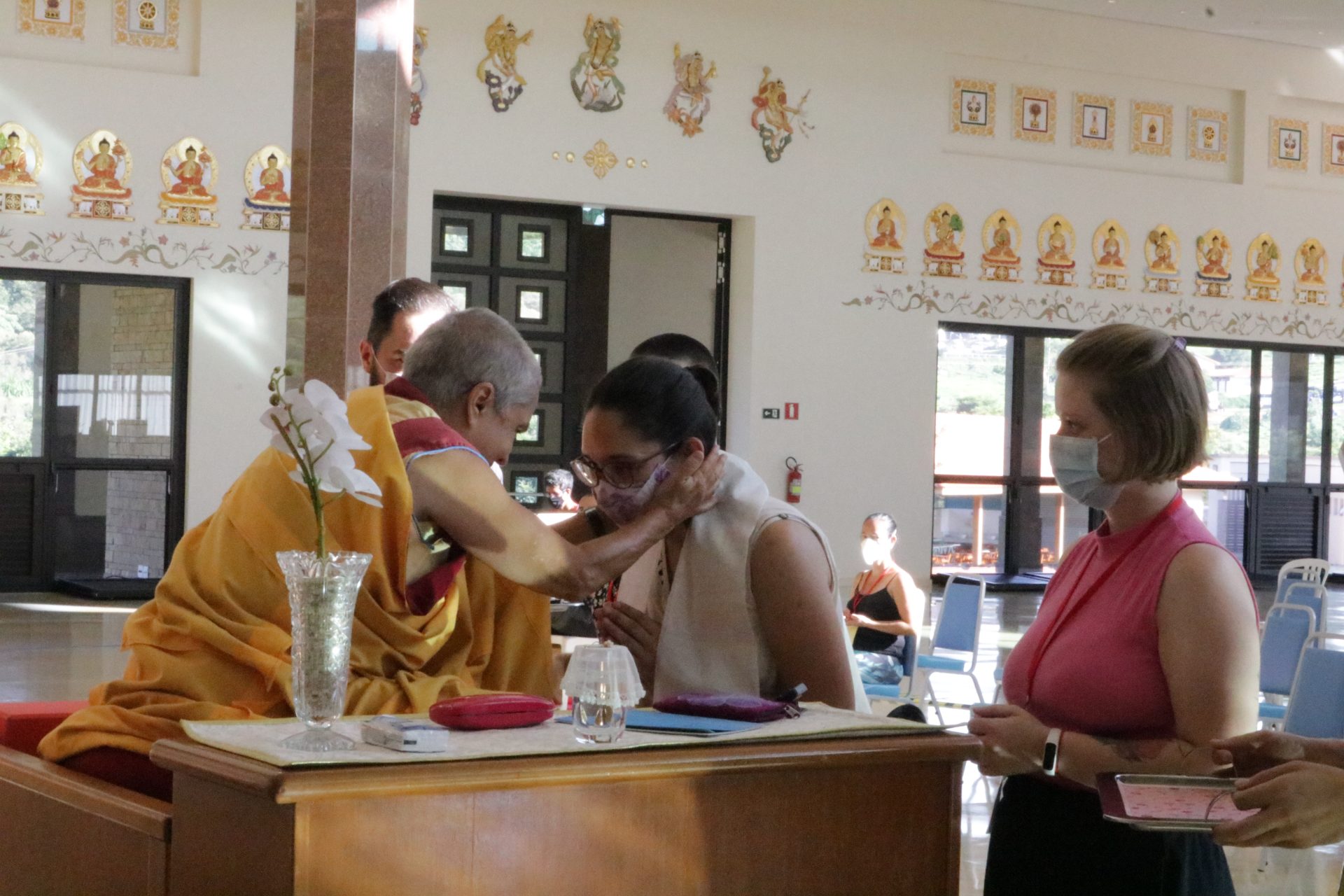







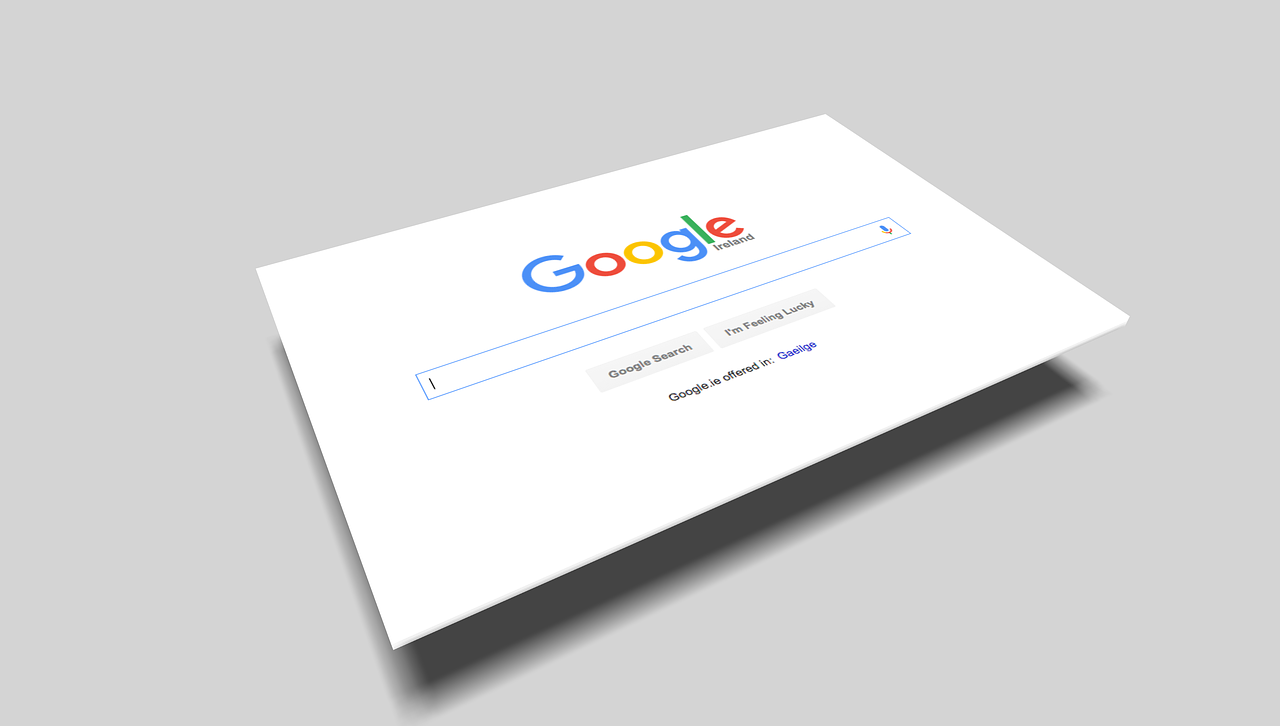

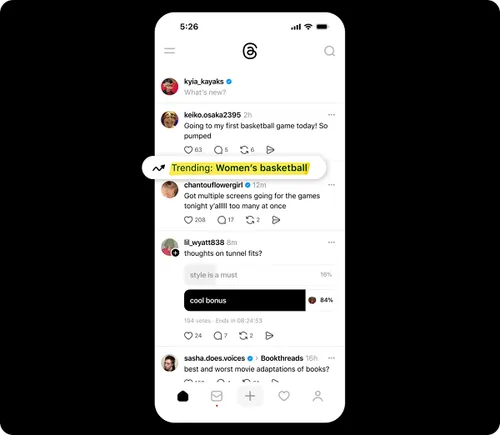

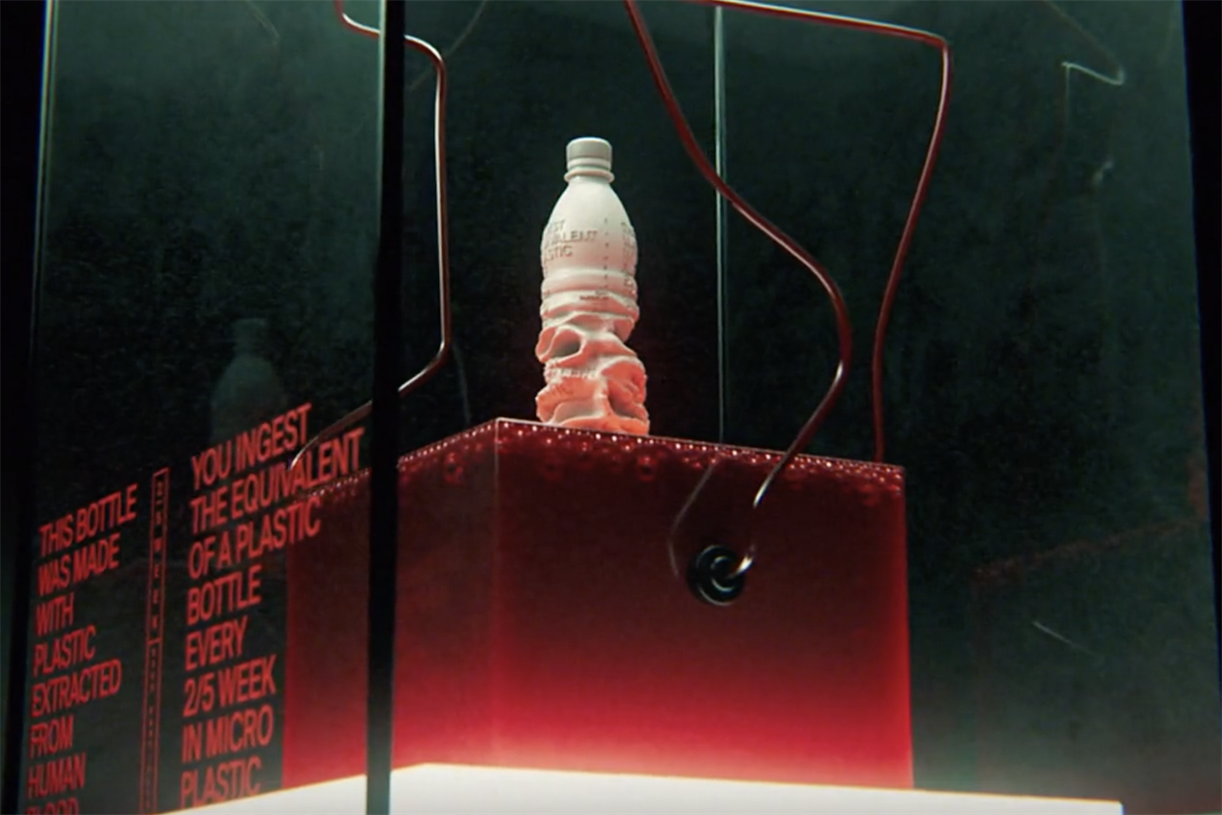




.jpg)
